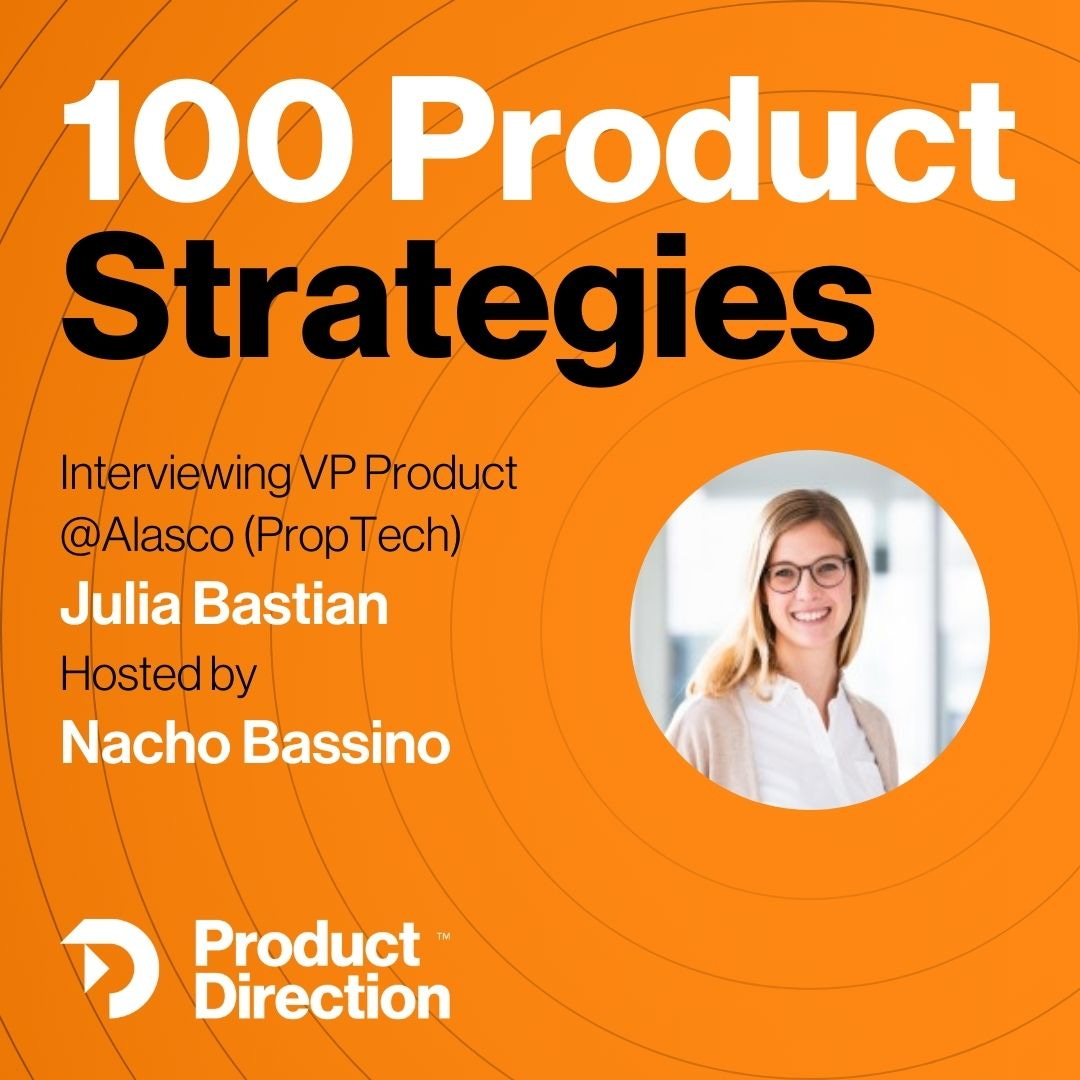Creating Strategy with complex opportunity spaces
My takeaways of exploring insights for a vertical SaaS with a complex domain
👋 Hey, Nacho here! I’m doing an experiment for the ProductDirection newsletter with Substack. If you are not a subscriber of ProductDirection yet, join us to receive helpful strategy content, examples, guides, and more!
The “shape” of the opportunity space can significantly influence how we approach strategy creation. Some opportunity spaces are straightforward, and the work revolves around optimization and improvements.
I spoke with Julia Bastian from Alasco, whose mission is “Digitalizing the 2nd biggest industry in the world”, the construction industry. Doing a vertical SaaS in this space requires understanding this complex domain and building a strategy to leverage the most significant insights. But how do you go about finding, assessing, organizing, and selecting strategic drivers in such a complex space?
We discussed this among other episodes in episode #16 of 100 Product Strategies.
My Takeaways from this episode
Julia shared how important it was for them to start by thinking about the process itself when kicking off the “new strategy” work. I found this especially important in startups (or really any companies that don’t have yet a formal cadence to review strategy, like annual budgets in more established companies).
They divided insights generation into Evaluative and Generative. In “Evaluative” mode, they collected all the underlying ideas that were already thought of or discussed by management and teams, and gathered more data to confirm if they were good opportunities. As part of Generative, they looked externally for new trends or changes in the market or customer needs, partly helped with external research partners.
As part of evaluating opportunities to decide to include them in the strategy, they were not expecting to have a “final” answer on the size or potential revenue. It was more about getting initial validation to see if further investment and research made sense as part of the strategy.
On why it is important to involve product teams in the strategy process: they are the ones in contact with the insights, analyzing the findings and identifying the patterns that led to a more relevant problem or opportunity.
Julia structures the result of the strategy as Strategic Pillars -> Opportunities -> Initiatives, and what timeframes those have. Having that timeframe discussion at the strategic level helps later with roadmapping exercises.
On the timeframe and cadence, Julia mentioned 2 things we already heard in previous episodes: first, as the company and product matures the time horizon for the strategy becomes longer. Second, they do quarterly reviews to see the progress and impact of the different strategic initiatives.
We explored at length how Julia and her team organize insights in such a complex space, and she referred to “domains”. It is a useful way to map insights because it prevents you from “interpreting” the finding (as you may do in an Opportunity Solution Tree), but also gives you the chance to have things narrowly mapped to different product areas.
Discussing about the responsibility of driving and understanding the opportunity space, Julia had a very interesting view: when the domain is more B2C driven, UX may be stronger. In her case, since most of the problems and opportunities are coming from the business domain (ie “how do we simplify accounting”), Product Managers are more in charge of identifying and driving the opportunities.
Considering this complex domain, Julia tried having domain experts converted into Product Managers. But she then realized that it was easier to hire good Product Managers and train them in the domain, since it is easier to gain knowledge than to change people to the right “product mindset”.
A very interesting difference for strategy is Vertical SaaS vs Horizontal SaaS. Since they focus only on Construction (vertical), they need to cover a variety of problems in that space (versus Horizontal, that would focus on a very specific use case for multiple industries). One good example of Horizontal SaaS were episodes six and seven, and you can see the differences in expansion strategy to new segments or markets.
Don’t miss any episodes! Subscribe to be notified when new episodes and articles are published.



